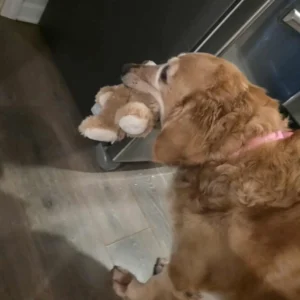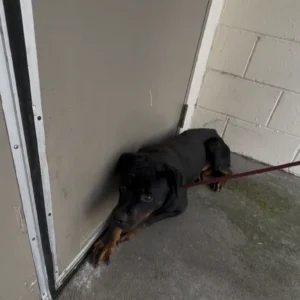In a quiet village in Tuscany, nestled between olive groves and winding cobblestone roads, lived 10-year-old Giulia and her beloved calico cat, Milo.
Milo wasn’t a fancy breed or an Instagram star. He was just her best friend—the one who sat by the window every afternoon, waiting for her to return from school, the one who curled into her lap and purred her to sleep.
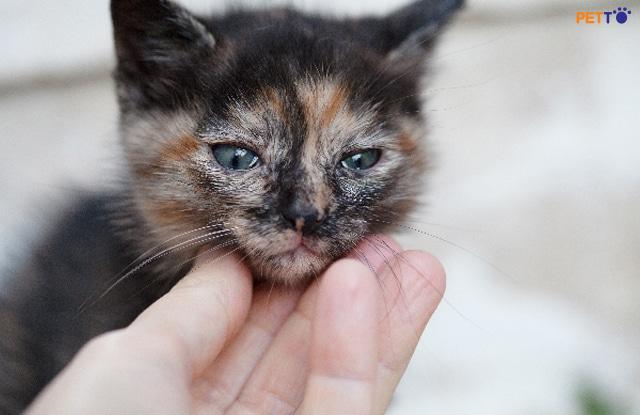
Then, one stormy autumn day, Milo left for his usual walk around the garden… and never came back.
For weeks, Giulia’s family searched every corner. They printed flyers, knocked on doors, asked strangers—nothing. As time passed, hope began to fade. Giulia still left the door cracked open at night and set out food, just in case. But deep inside, she started accepting the worst.
14 months later.
It was a hot summer afternoon. Giulia was watering the plants when she heard a soft meow. A thin, rough-looking cat stood at the gate. At first, she couldn’t believe it. But as the cat walked up and rubbed its head against her hand—she knew.
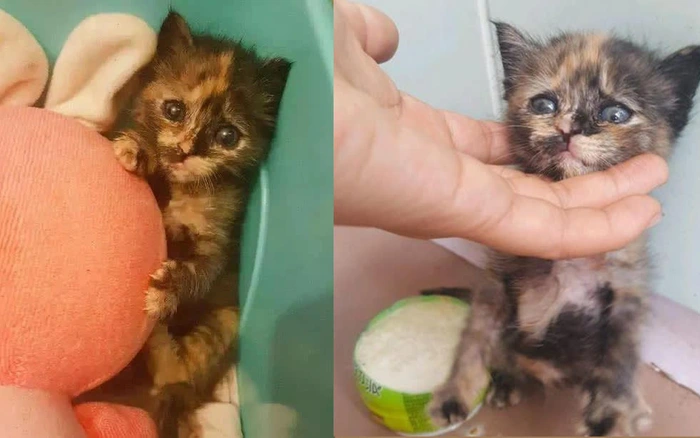
It was Milo.
He was skinnier, his fur matted, and he had a small scar near his eye. But the eyes—the eyes were the same. And so were the gentle nudges.
No one could explain how Milo found his way back. The house had changed colors. The gate was new. A year had passed. But somehow, Milo came home.
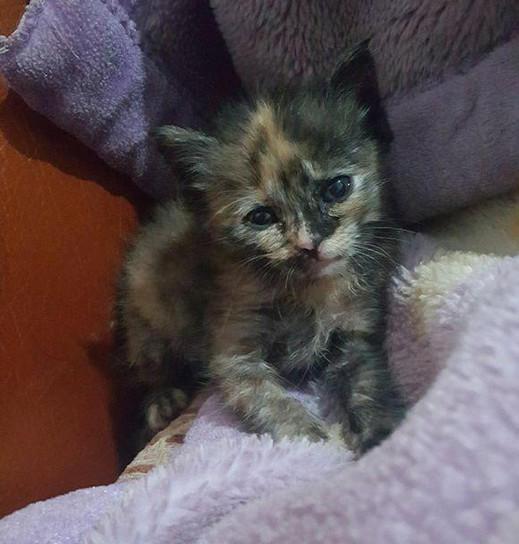
The vet said he might have been taken in by someone else, or maybe wandered far and survived on his own. But to Giulia, none of that mattered. What mattered was that he remembered her.
Now, Milo sleeps next to her again, safe and sound. Her family added an ID tag and microchip, just in case. But Giulia likes to think that even without them, he would still find his way back.
Because love, she says,
“doesn’t need directions—just memory.




